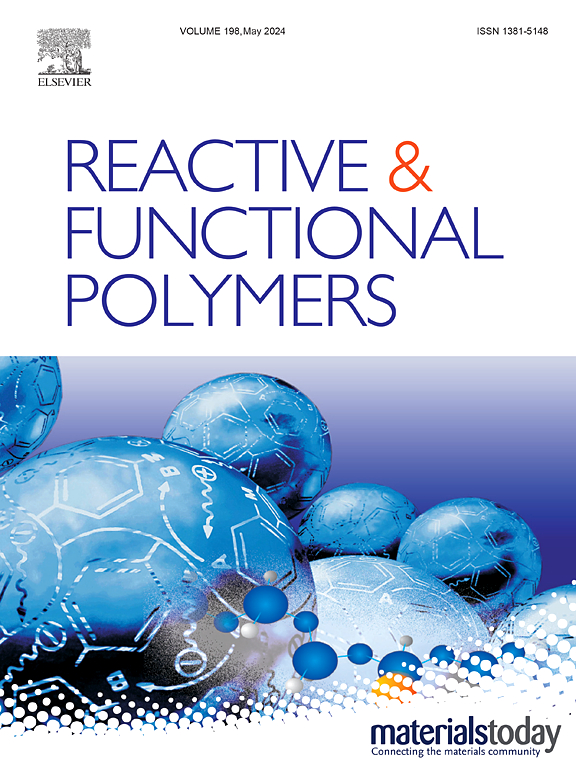Facile fabrication of totally waterborne superhydrophobic sponge for versatile and efficient oil/water separation
IF 4.5
3区 工程技术
Q1 CHEMISTRY, APPLIED
引用次数: 0
Abstract
Superhydrophobic polymer sponges have attracted tremendous attention as prospective sorbent materials for oily wastewater treatment depend on their unique highly selective oil/water separation. Nevertheless, it is still challenging to fabricate the superhydrophobic sponges in a totally waterborne manner. In the current work, we presented a facile, cost-effective, scalable, and totally waterborne method to prepare superhydrophobic melamine sponges (SMS) via modification of melamine sponge (MS) with polydimethylsiloxane (PDMS) emulsion. Benefiting from the surface roughness increased and surface energy lowered simultaneously after PDMS molecules grafted onto the surface of MS, the SMS exhibited superhydrophobicity (contact angle (CA) > 155o). Impressively, the as-prepared SMS displayed superior oil/organic solvent sorption capacity, recyclability, and stability in harsh chemical/physical conditions (e.g., strongly acidic/alkaline solution, high/low-temperature environment). The SMS was utilized as an essential core component of the continuous oil pollutant removal device to realize highly efficient oil/water separation. Moreover, the SMS was successfully demonstrated for separating both immiscible oil/water mixture and surfactant-stabilized water-in-oil emulsions. Therefore, this facile, eco-friendly, and cost-effective synthesis strategy can be easily integrated into industrial and exhibit great potential for environmental remediation.

求助全文
约1分钟内获得全文
求助全文
来源期刊

Reactive & Functional Polymers
工程技术-高分子科学
CiteScore
8.90
自引率
5.90%
发文量
259
审稿时长
27 days
期刊介绍:
Reactive & Functional Polymers provides a forum to disseminate original ideas, concepts and developments in the science and technology of polymers with functional groups, which impart specific chemical reactivity or physical, chemical, structural, biological, and pharmacological functionality. The scope covers organic polymers, acting for instance as reagents, catalysts, templates, ion-exchangers, selective sorbents, chelating or antimicrobial agents, drug carriers, sensors, membranes, and hydrogels. This also includes reactive cross-linkable prepolymers and high-performance thermosetting polymers, natural or degradable polymers, conducting polymers, and porous polymers.
Original research articles must contain thorough molecular and material characterization data on synthesis of the above polymers in combination with their applications. Applications include but are not limited to catalysis, water or effluent treatment, separations and recovery, electronics and information storage, energy conversion, encapsulation, or adhesion.
 求助内容:
求助内容: 应助结果提醒方式:
应助结果提醒方式:


